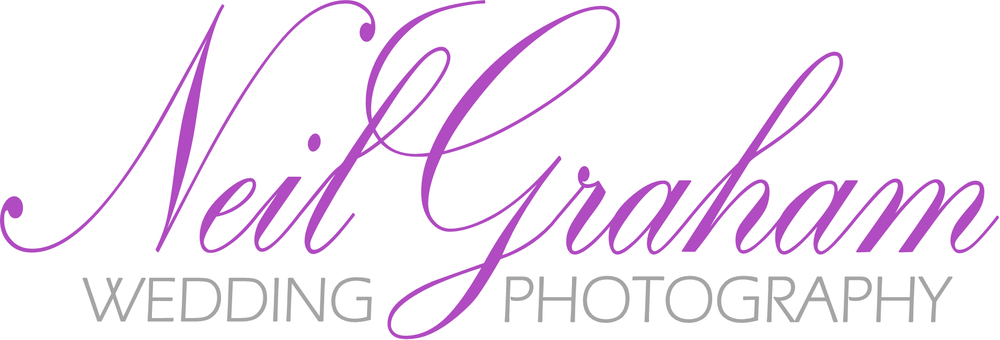A kind follower on Google Plus asked me how I obtained a crisp photo of this C-53D Dakota at the Duxford Flying Legends Air show 2013. I thought I'd put together a quick check list of what I do for my day time panning shots.
My Gear- Canon 7d and Canon EF 100-400mm f/4.5-5.6L IS USM. Click for technical data.
I was able to burrow Michael Rammell's Canon 7d from RammellPhotography.com for cameras faster frame rate. Head over to Michael's fabulous wedding website to view some of his photographs from his 2013 season.
1. I set up at the end of the Duxford's grass runway on the bank overlooking the fence and in front of the tank rides around 8am for a 2pm start. To the non Avgeeks this may be a bit early, but by 9am the grass bank was full and this was going to be a hard days shooting, not only the hard light was going pose a problem but the temperature was forecasted to hit 35c and this meant a high f/stop with my low stutter speeds as I didn't have a ND filter. After my trip to the Le Mans 24 hour race in France I knew I could go down to 1/40 hand held. The shot below was at 1/125. See below for full details
2. I always shoot to the right of the histogram in Raw which seems to allow more information to be captured by the APC crop sensor on Michael's Canon 7d. By coincidence, +Martin Bailey of Martin Bailey Photography recently produced a podcast #381 about shooting to the right and Martin explains it in more technical detail and much better than I could so it's worth heading over to Martin's website or iTunes and have a listen.
3. Start taking test shots to set up your camera and use any aircraft that are taxing and taking off or landing, sadly when the show starts your have to rush because they go around 5 or 6, a few turns and land and thats it, no second chance. While waiting for the show to start, you can also test your panning technic, I stand with feet firmly planted to the ground and rotate my hips as smooth as I can, plus I tuck in my elbows tight to reduce my own nature shake.
4. Always aim for a correct in-camera exposure, which will give you more room in post processing to recover highlights and open up any shadows. I try not to go over ISO 3200 on the Canon 7D but I'd rather have the correct exposure in camera than under expose and recover in Lightroom 4, so I will go above ISO 3200 if required. It's better to smooth the noise in Lightroom 4 with a correct exposure rather than under expose, then increase your exposure in LR4 as this only produces even more noise to deal with as you push it higher. That was not a problem at Duxford with an ISO of 100..
5. I use the 9 centre focus points on the camera for the best sensitivity during focusing and the lenses set on stabiliser 2 for side to side movement.
6. Put your camera in high continuous, Al Servo. I can guarantee that not every photo will not be in focus, as I found in a set 8/9 burst, only number 3 and number 7 would be in focus. I would set up to take 8/9 photos and only expect 2 photos to be useable. For me this is not a bad ratio of return. I also delete the others to save space on my hard drive. Some photographers say never delete any photos, the choice is yours.
8. Normally, all of my aviation photographs are hand held because as a normal paying customer at the airshows there is not enough room for a bigger set up,which also depends on the crowd size. Lastly, I don't own any of the equipment, i.e. big tripod, fluid head or a big prime lens.
9. Finally, I use Lightroom 4 for my post processing. Generally I only adjust the exposure, highlights, shadows, charity and vibrance, then I sharpen, apply noise reduction and lens correction and that's it. No photoshop at all. (Mainly because I don't know how to use it)
Below I have all of my camera settings and my post processing setting in Lightroom 4, plus the before and after photo.
Camera Settings
1/125 sec at F/13, ISO 100, 300m EF 100-400mm f/4.5/5.6L IS USM
Lightroom 4 processing settings
Temp Custom 5150 Tint +14 , Exposure +55, Contrast +10, Highlights -81, Shadows +76, whites 0, Blacks -20, Clarity +50, Vibrance +25 and Saturation 0.
HSL Saturation Reds +22, Orange +16 Yellows +9 the rest Zero.
I applied a vignetting and small crop.
No Curve, no Split Toning.
Sharpening 56, Radius 1.0, Detail 9, Masking 74, Noise Reduction - Luminance 51, Detail 50, Contrast 28, Colour 25, Details 50
Normal Lens Corrections with LR4 Profiles and Colour.
Thanks for reading the blog and if you have any questions please contact me by phone or email neil@neilgrahamphotograhy.com


